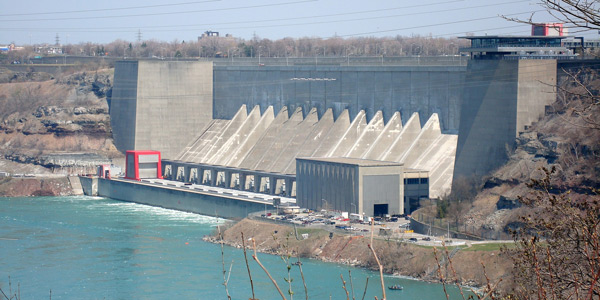By William Opalka
FERC on Monday granted partial rehearing of a 2013 order that rejected a NYISO cost allocation method for some uplift costs under Order 745 (ER11-4338-001).
The commission partially reversed itself and said that a cost allocation method it previously rejected appropriately assigns those costs to transmission customers, including the New York Power Authority, which it had previously determined was exempt.
Order 745 amended regulations for compensation of demand response resources participating in wholesale markets. To pass the required net benefits test, FERC ordered RTOs to develop a mechanism to approximate the price level at which dispatching demand response resources will be cost-effective.
“In the May 16, 2013, order, the commission rejected NYISO’s original August 19, 2011, proposal to allocate demand response costs as Schedule 1 uplift costs that are then allocated to transmission customers on the basis of load ratio shares, because NYISO had failed to demonstrate how its proposal appropriately allocates costs to those that benefit from demand reductions,” FERC wrote. “We grant rehearing of the cost allocation issue and find that NYISO has demonstrated that its original proposal to allocate the costs of demand response as Schedule 1 uplift costs that are then allocated to transmission customers on the basis of load ratio shares appropriately allocates costs to those that benefit from demand reductions.”
NYISO had argued that FERC applied an unnecessarily narrow interpretation of the order’s cost allocation requirements by exempting bilateral contracts from the DR day-ahead program. It also argued FERC was imposing different requirements in New York than it did in other RTOs.
FERC’s ruling means the cost allocation will apply to the NYPA, which sells power to retail customers in bilateral contracts, including businesses that participate in the state’s economic development programs. That load is mostly served by the authority’s hydropower system, but it also participates in the NYISO wholesale market.
The commission granted the ISO’s request for a flexible effective date and ordered a compliance filing within 60 days.
In other issues addressed by the order, FERC:
- Dismissed a rehearing request by DR supporters claiming discrimination against behind-the-meter resources. The commissions said it was beyond the scope of the proceeding and moot as NYISO has resolved the issue.
- Found the ISO had justified its exclusion of off-peak hours from the calculation of the net benefits threshold by “demonstrating the different thresholds for applying the net benefits test using all hours and using only peak hours (HB13 through HB19) for the reference months” in its original compliance filing.
- Said the ISO has supported selection of the highest point on its representative supply curve at which supply becomes inelastic as the threshold point for the net benefits test. “We find persuasive NYISO’s description that the lower of the possible points of unitary elasticity is an artifact of the mathematical smoothing function rather than a point on the supply curve with economic significance.”
- Ruled NYISO’s existing cap for the in-day adjustment and its proposed measurement and verification methodology comply with the requirements of Order 745.
- Agreed with the ISO that the hourly calculation of load ratio shares for cost allocation should be performed instead of the current daily calculation.



